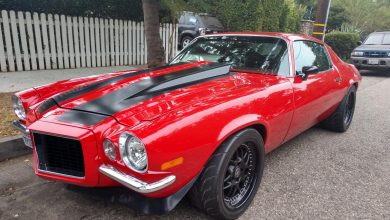Box fuel cell use in urban buses and it’s benefits

Both the phosphoric corrosive energy component and proton trade film (PEM) power device can use hydrogen as a fuel, and numerous current working models of energy units utilize unadulterated hydrogen as an information or acquire hydrogen by steam transforming methanol or by halfway oxidation of methanol. The phosphoric corrosive energy component has been created by H-Power Corporation and fitted to a metropolitan transport.
The low-power thickness of the energy component necessitates that the transport convey batteries to supply power for top burdens, with the power modules charging the battery at low loads. The energy component utilized in the transport conveys a net force of 47.5 kW, and has a net productivity of 42% at appraised load, and 46 percent at its greatest effectiveness point which happens at around 50% burden.
The need to convey a huge battery (and its supporting gear) for activity during energy unit warmup and speed increase drifters makes the general framework, including electrical controls, costly and cumbersome. Additionally, the methanol reformer is likewise costly and adds to the general failures in the energy unit framework.
H-power asserts that the travel transport in which this framework has been introduced has a general energy economy level like or somewhat better than the diesel transport with a similar body and execution level.
Ballard Power Systems Inc. has changed over a diesel-controlled transport to utilize a PEM energy component with packed hydrogen as its fuel. The 1993 form utilizes a power device that produces 120 kW at 160 to 280 volts. Reach is 100 miles and the power device itself occupies the room of three columns of seats. The vehicle can accomplish 45 mph maximum velocity and speeds up from zero to 30 mph in 20 seconds.
This vehicle accomplished a few firsts for PEM energy component frameworks: higher force by a factor of more than 10 than past air-breathing frameworks; most elevated voltage; chilly, unassisted startup in under four seconds; and practically momentary force reaction.
In 1993, Ballard extended commercialization of an energy unit fueled 75-traveler transport with 350 mile range by 1998, however no cost was examined.
5 Ballard as of now is fostering a 275 HP PEM power device motor intended to be introduced into the standard motor compartment of a full-size 40-foot rock solid transport (a New Flyer D40LF Low Floor model).
The fuel will be hydrogen from packed capacity and oxygen from air compacted by an electrically determined on-board blower. The objectives of this period of Ballard’s commercialization program are to get a 250-mile reach and maximum velocity of 60 mph, with zero to 30 mph speed increase in 19 seconds and gradability of a beginning ability at 20% grade and support of 20 mph on a 8 percent grade.



